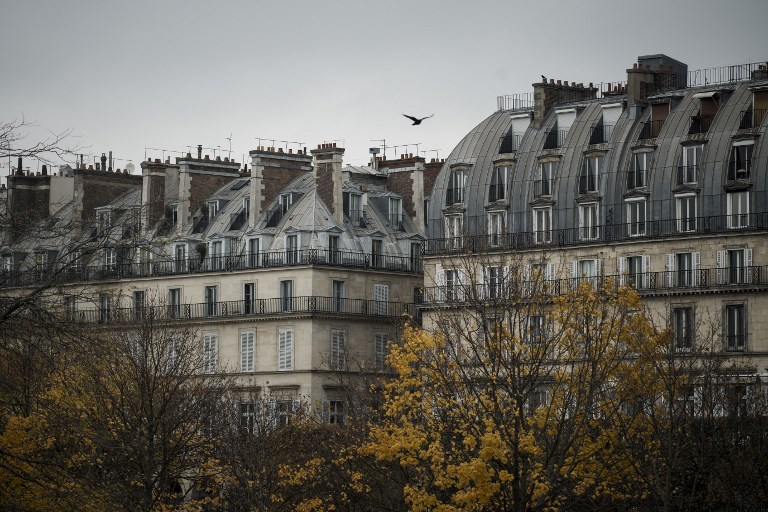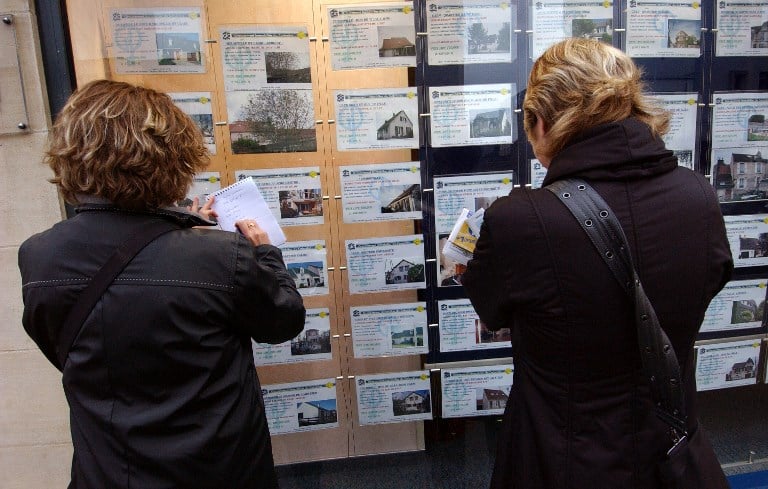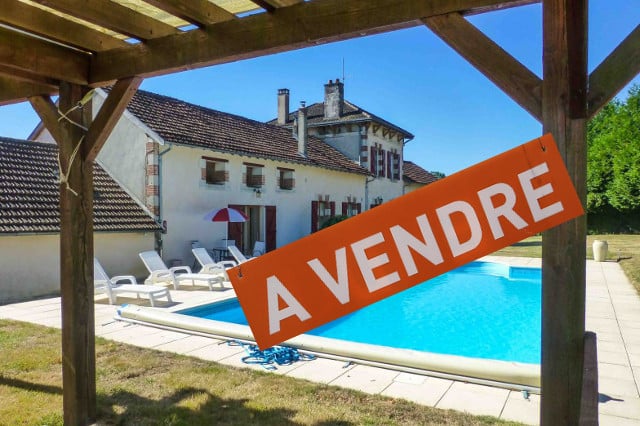 Photo: AFP
Photo: AFP

I one looked at a house in the country and it all sounded great until the local mairie mentioned plans in the books for building a new autoroute paeage around the corner. No idea if it ever happened but you should always check there to see about future zoning plans.
— ChrisInParis (@ChrisInParis) November 26, 2018



 Please whitelist us to continue reading.
Please whitelist us to continue reading.
Check fosse septic (septic tank) , plumbing and electrics meet current regulations. Check boundaries carefully for any rights of way. Google British Chartered Surveyors in France who are experienced and are fully insured. Take copy of their current insurance. When consulting the local Marie check the evolution of local taxes over, say, last 5 years and ask for consumation details from seller for water, electricity & gas over same period. Remember neither your estate agent or Notaire are your friends and are not there to assist you with any problems or concerns. Only a few will and if your French is not good pay for a British Solicitor familiar with French conveyancing & practives to check things over. Money well spent.